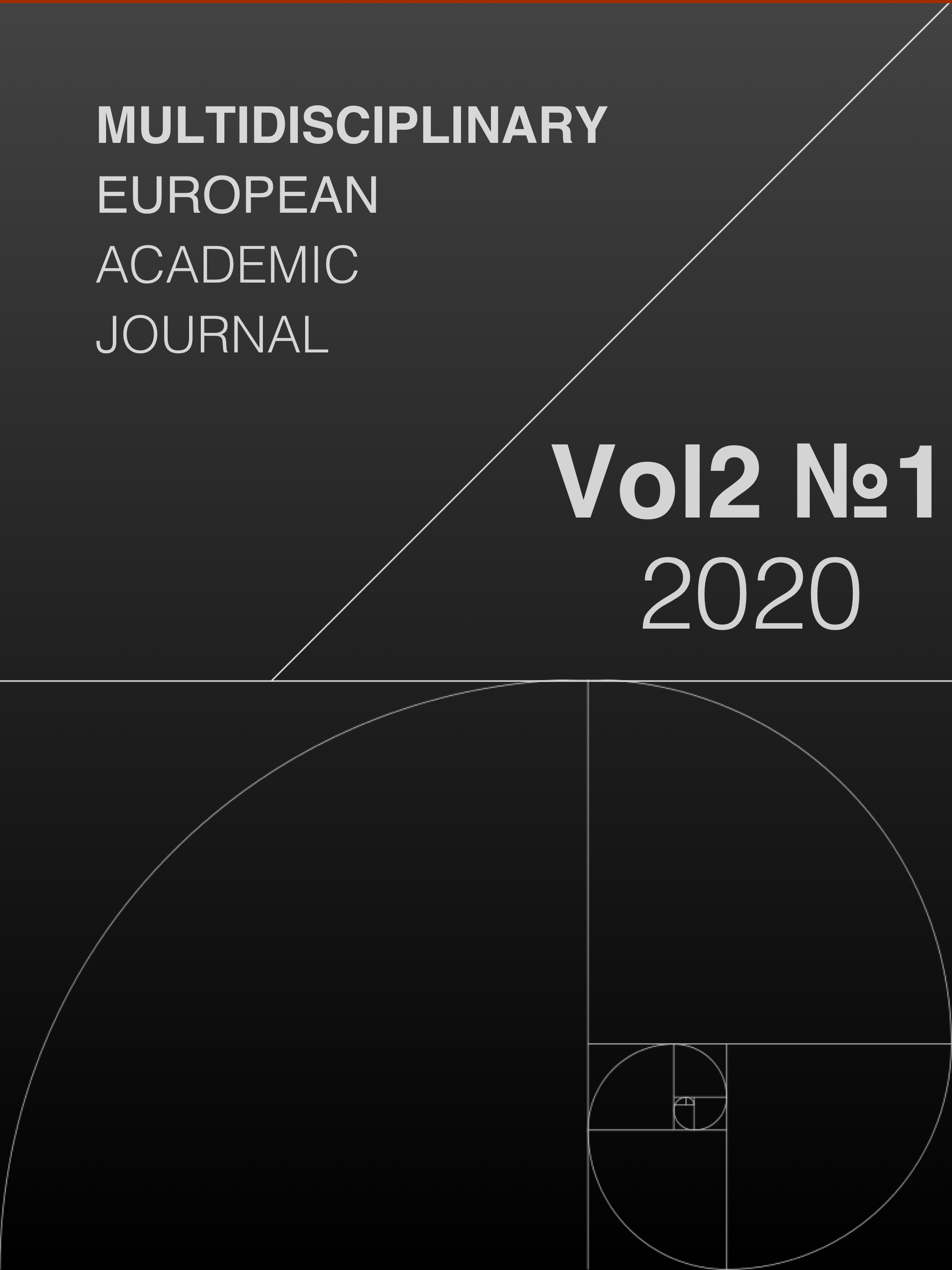Pattern of Bacteriological Culture and Antimicrobial Sensitivity in Diabetic Foot Ulcer: A Cohort Study from District Dera Ismail Khan
Ключові слова:
diabetic foot, culture, drug sensitivity Neuropathy, peripheral arterial disease, Wagner classificationАнотація
The objective of current study is to identify the bacteria causing infection, drug sensitivity and its effects on the outcome in a diabetic foot ulcer. The article is based on cross sectional descriptive study. This study was carried out at Department of Surgery, District Teaching Hospital Dera Ismail Khan, Pakistan in collaboration with Pathology Department of Gomal Medical College, Dera Ismail Khan, Pakistan, from August 2014 to July 2016. Pus samples were collected from the lesions of diabetic foot and were sent to Pathology laboratory for Culture and Sensitivity analysis. Lesions were categorized according to Wagner’s classification. The data was analysed on SPSS version 22. Total 98 patients were included in the study. Male patients were 78 (79.5%) and females were 20 (20.4%). Out of 98 patients, 51 (52%) patients were suffering from diabetes for more than 10 years. A total number of 20 bacteria were included in this study and 84 specimens out of 98 were culture positive. The bacteria isolated in these 84 specimens were further analysed and it was concluded that 46(55%) had single bacterium infection (monomicrobial). While in 36(43.3%) patients two bacteria were isolated from their wounds. However only one patient presented with three bacteria (polymicrobial). The isolated specimens included 98 Gram negative bacteria and 78 Gram positive bacteria. Overall S. aureus (n=35) (41.6%) was the most common bacterium grown from diabetic foot ulcers, it was followed by P. aeruginosa (n=23) (27.3%). While 40 (47.6%) had only gram positive organisms infecting their ulcers. However, specimen from 44 patients (52.3%) grew only gram negative organisms. S. aureus was mostly sensitive to Moxifloxacin, Imipenem/Meropenem, Vancomycin and Linezolid. It showed varying sensitivity to Penicillins and Cephalosporins. The isolated 47.1% of S. aureus were found resistant to Methicillin. Majority of gram negative bacteria were found resistant to Cephalosporins and Moxifloxacin except for P. aeruginosa which showed variable sensitivity to Ceftriaxone, Ceftazidime and Moxifloxacin. Most of the isolates of gram negative rods included in the study were sensitive to Imipenem/Meropenem, Piperacillin-Tazobactam and Ticarcillin-Clavulanate. P. aeruginosa was sensitive to Amikacin in most of the cases while E. colii, Proteus and Klebsiella showed variable sensitivity to Amikacin.
The obtained results allow to conclude about early diagnosis of bacterial diabetic foot infections and helps in its prompt treatment and management strategies according to drug sensitivity. It is directly affecting the outcome in diabetic foot and decreasing the amputation rate.


